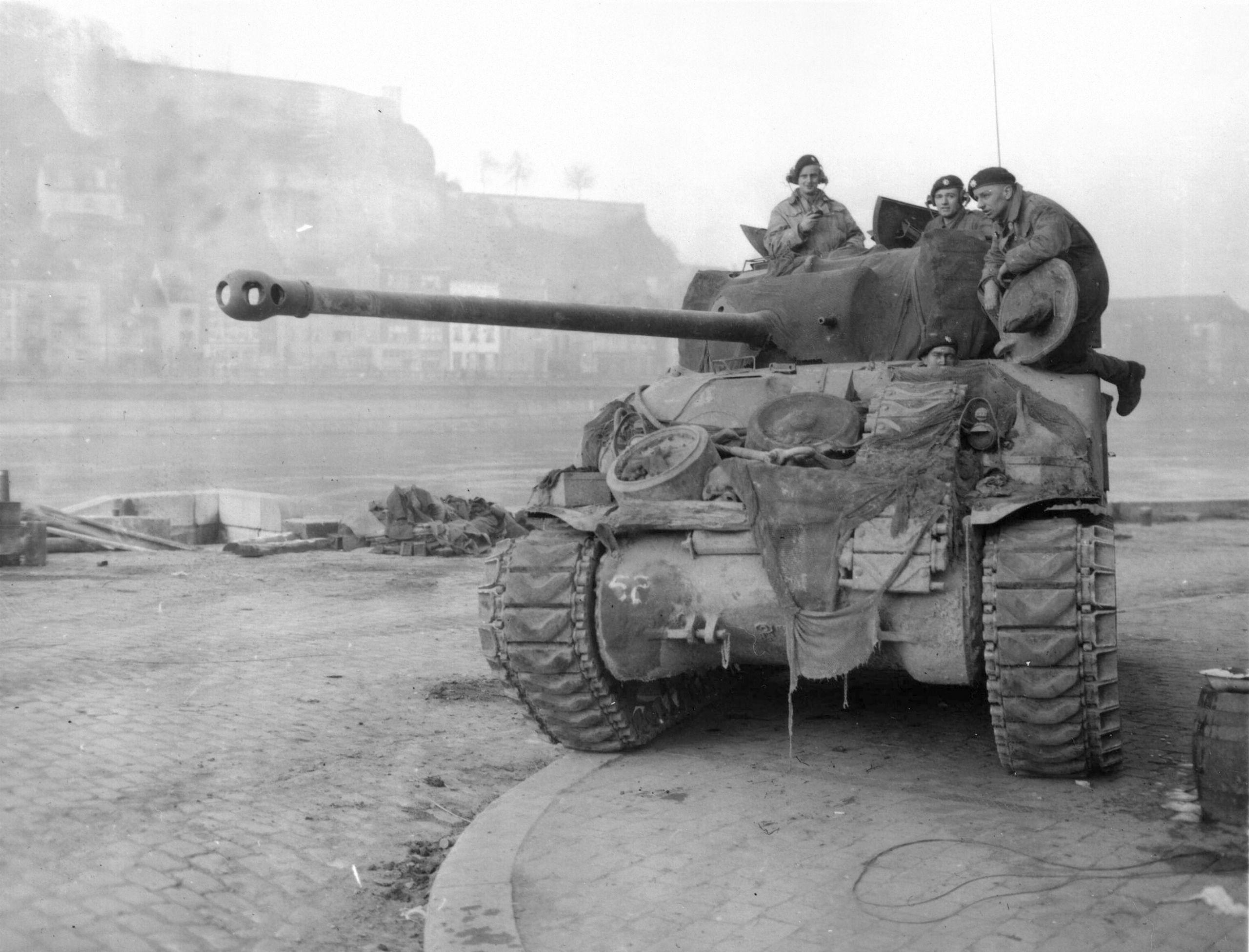Timeline
c1000-500BC
Pen pits, bowl-shaped pits at Penselwood, probably for quarrying stone.
Replica Rotary Quern – http://gallery.nen.gov.uk/


c55BC-400AD
Romans in Britain, Roman coins and artefacts found in various locations including Holbrook and New Barns Farm.
Roman coinage terms survived in UK until the currency was decimalised in the early 1970s. The Latin words were libra, solidus and denarius – or LSD. Libra meant pound, solidus meant shilling and denarius meant penny.
Denarius of Marcus Aurelius by Rasiel at English Wikipedia, CC BY-SA 3.0, https://commons.wikimedia.org/w/index.php?curid=52490341
c600-1000AD
Saxon village, present day Church Street, Mill Street and Silver Street.
Map taken from Wincanton Directory
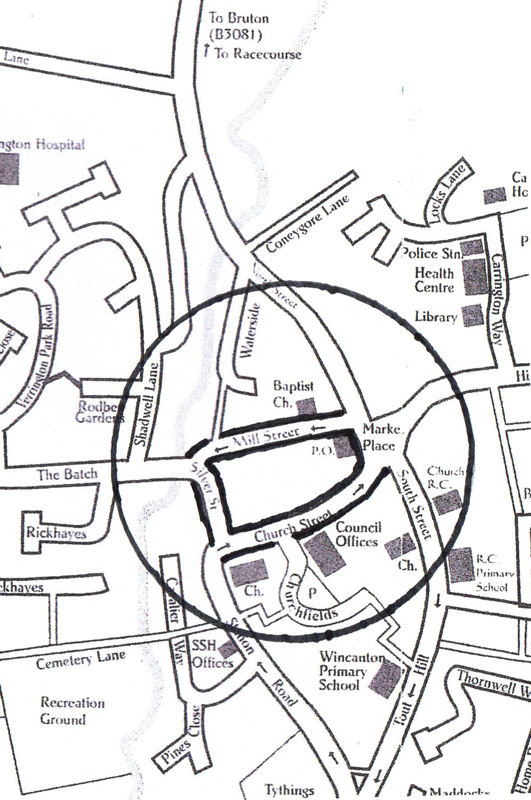
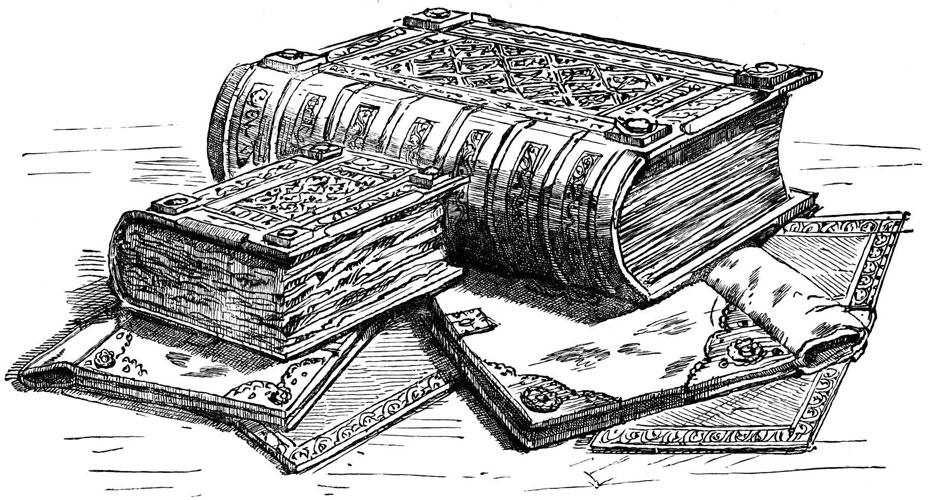
Image by Andrews, William: “Historic Byways and Highways of Old England” (1900), Public Domain, https://commons.wikimedia.org/w/index.php?curid=855126
1066AD
Norman Conquest; Domesday Book includes Wincaleton with recorded population of 49 households.
c1100
Ballands Castle, Norman motte and bailey fortification at Penselwood.
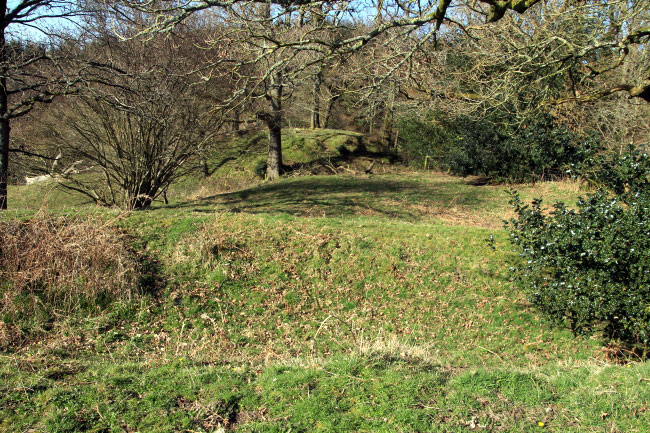
Image by ecastles.co.uk

1344
First reference to a church in Wincanton.

1566
Granting of charter for fairs and markets by Queen Mary.
1660s
Wincanton Quakers, with other Somerset members of the Society of Friends, were persecuted and many were sent to the notorious Ilchester Gaol.
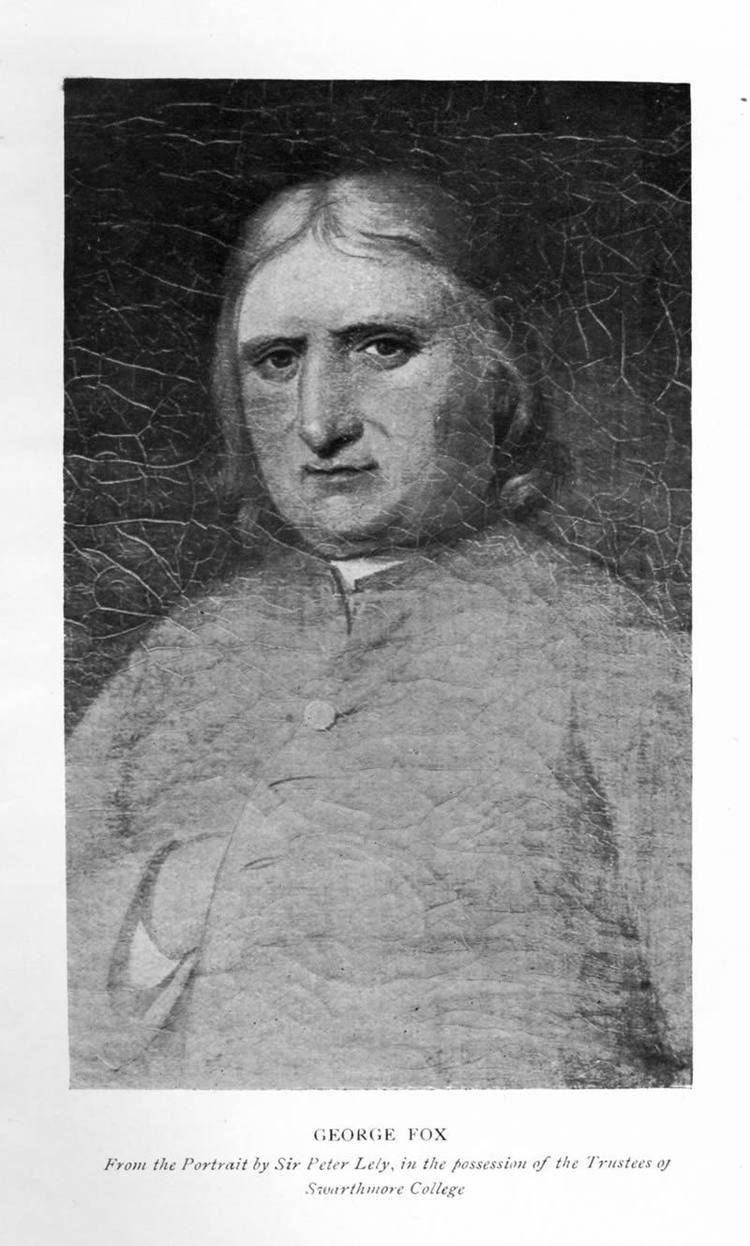
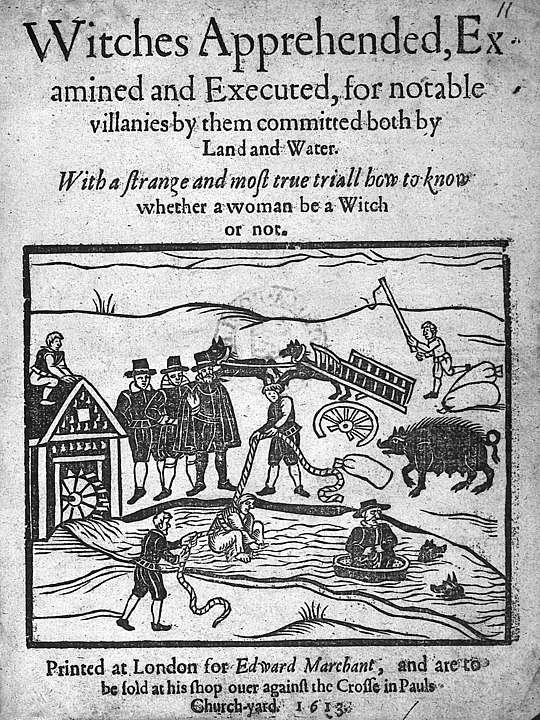
1664
Wincanton witch trials– witchfinder Robert Hamilton, a magistrate, set out to find witches.
A 1613 English pamphlet showing “Witches apprehended, examined and executed” by Wellcome Collection gallery (2018-04-06): https://commons.wikimedia.org/w/index.php?curid=36373302
c1650
The manor house known as The Dogs built (later remodelled by Ireson).

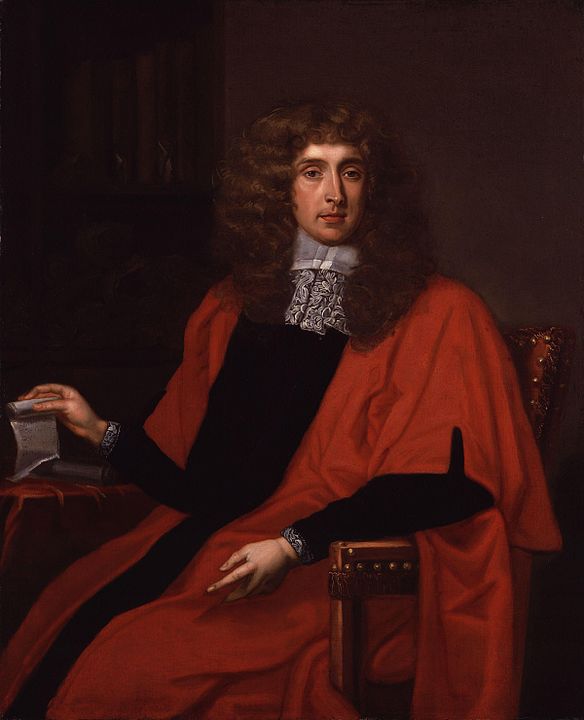
George Jeffreys, 1st Baron Jeffreys. Image attributed to William Wolfgang Claret – Public Domain, https://commons.wikimedia.org/w/index.php?curid=6373251
1685
The Monmouth Rebellion; six Wincanton “martyrs” suffer the so-called traitor’s death after Judge Jeffreys’ Bloody Assizes.
1688
Glorious Revolution – the Wincanton Skirmish, and William of Orange stays at The Dogs en route to London.
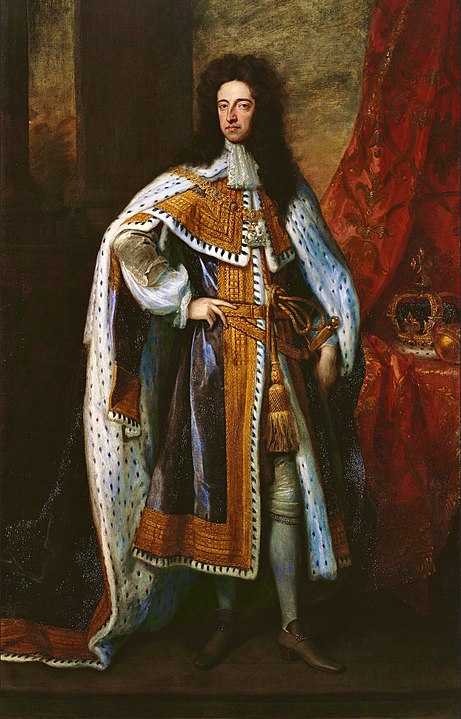
Portrait of William III of England by Godfrey Kneller – https://www.rct.uk/collection/405675/william-iii-1650-1702-0, Public Domain, https://commons.wikimedia.org/w/index.php?curid=111000201
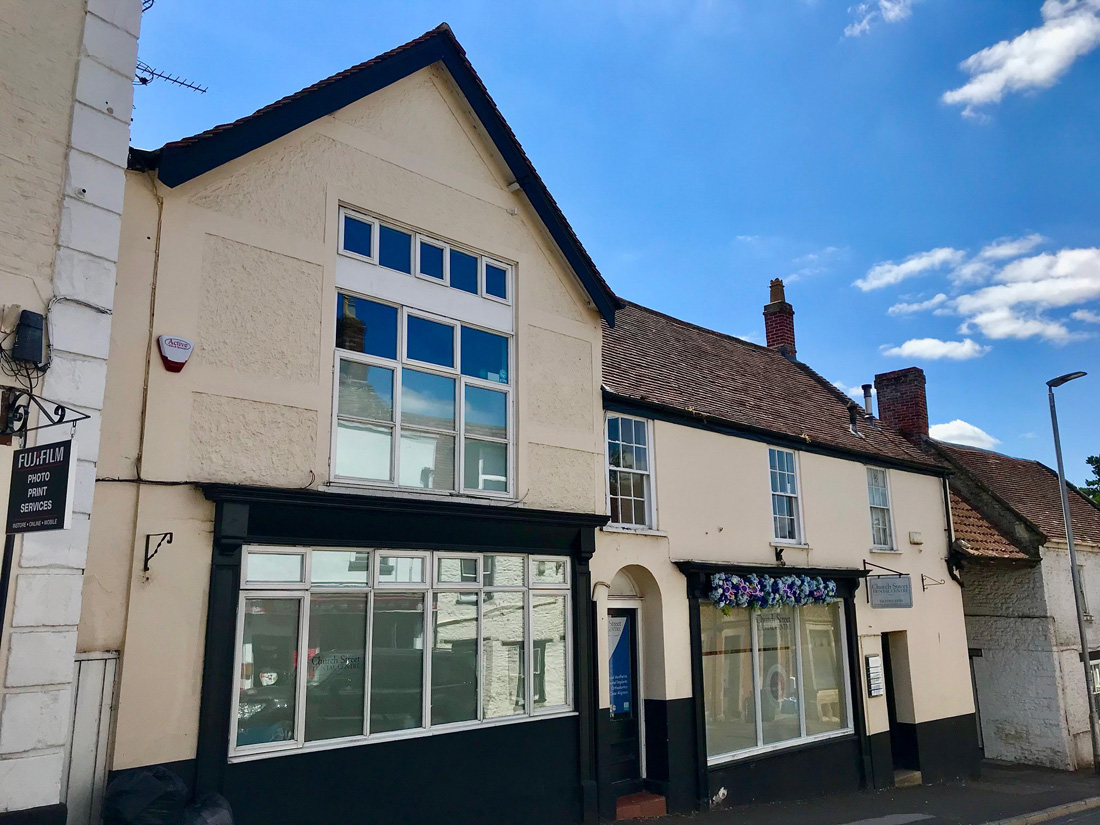
1707
The first of two major fires (second 1747); town rebuilt by Nathaniel Ireson, architect, potter (1685-1769).
Image: This is believed to be the only building in town that survived the fires of 1707 and 1747. Now a dental surgery.
1805-1806
Napoleonic wars, 400 French prisoners of war billeted in the town, one of whom was Bioletti.

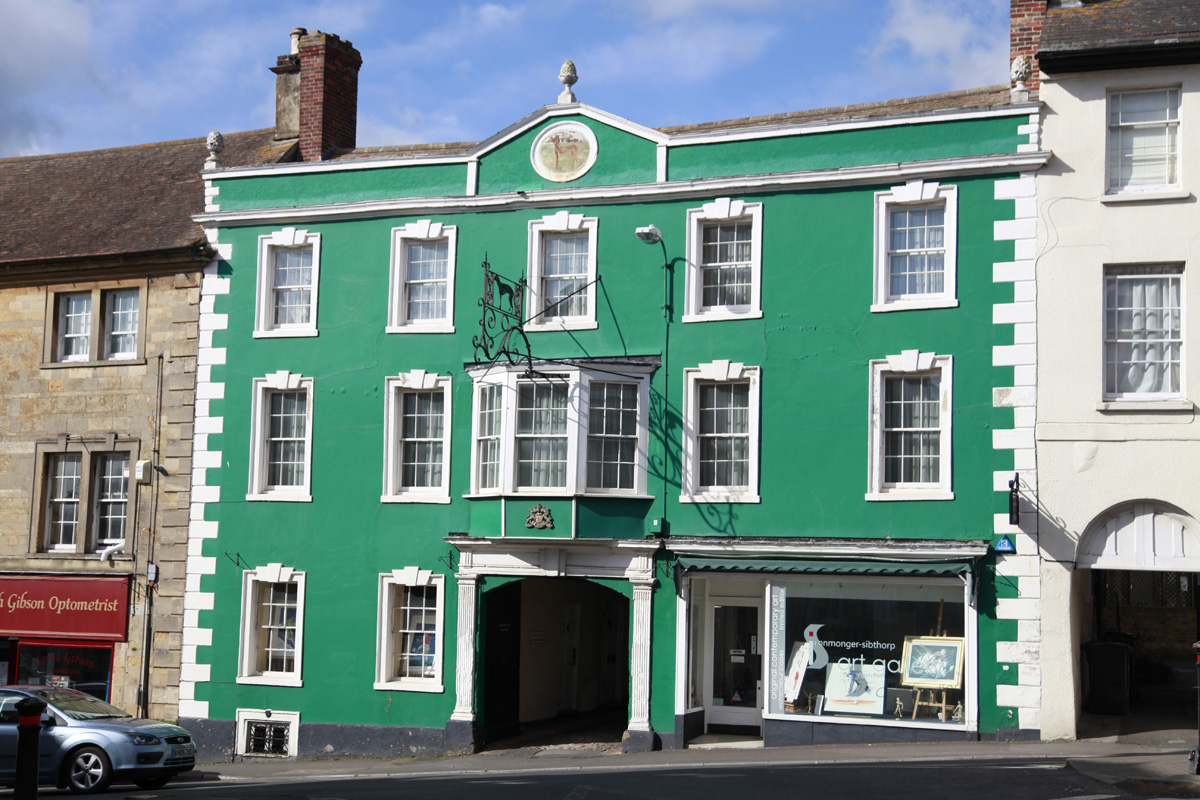
1825
The six-year old future Queen Victoria stayed a night at The Greyhound, Market Place, Wincanton.
1838
National School opens in North Street.
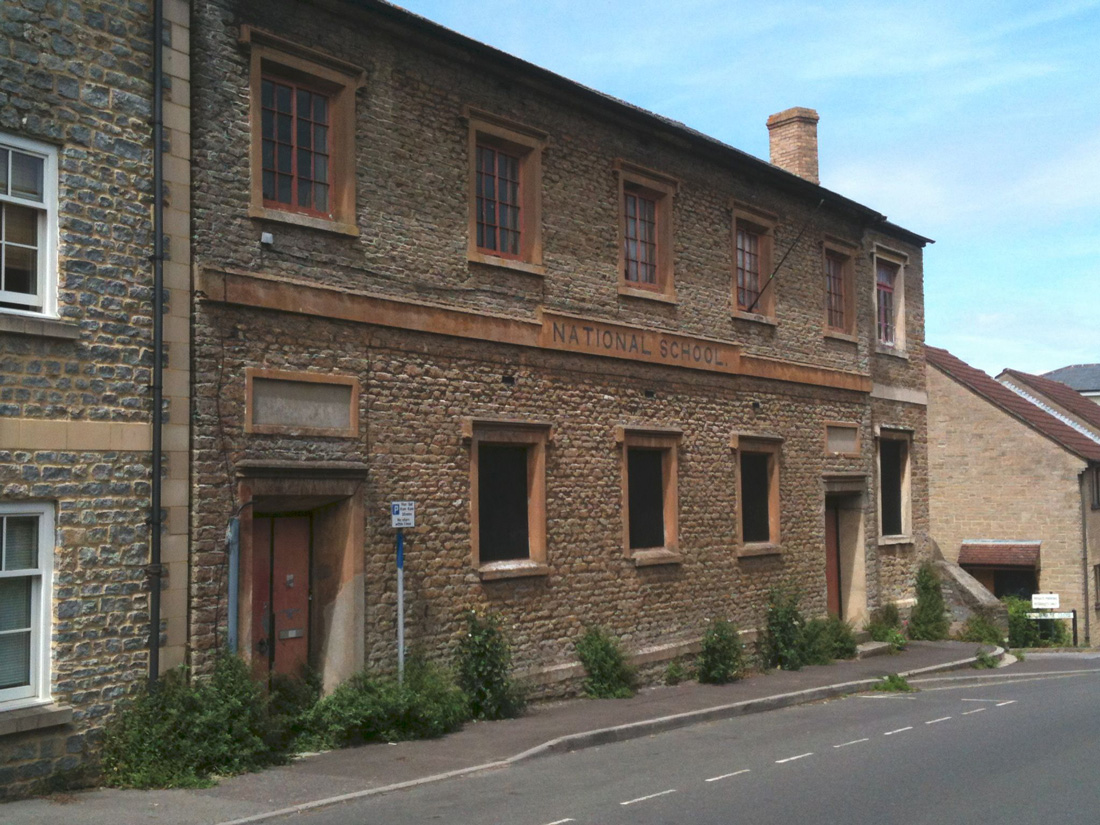
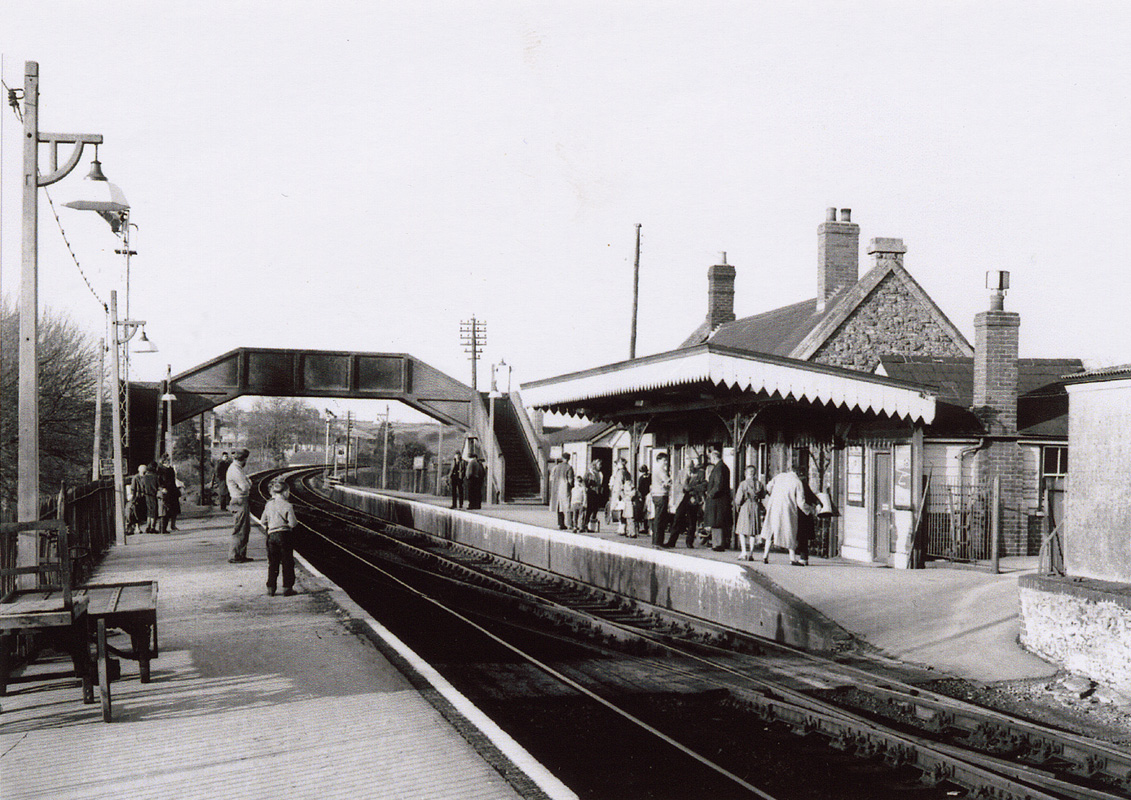
1862
Opening of Somerset and Dorset Joint Railway, including a station at Wincanton (closed 1966).
1890s
Dairy factory opens, later Cow & Gate.
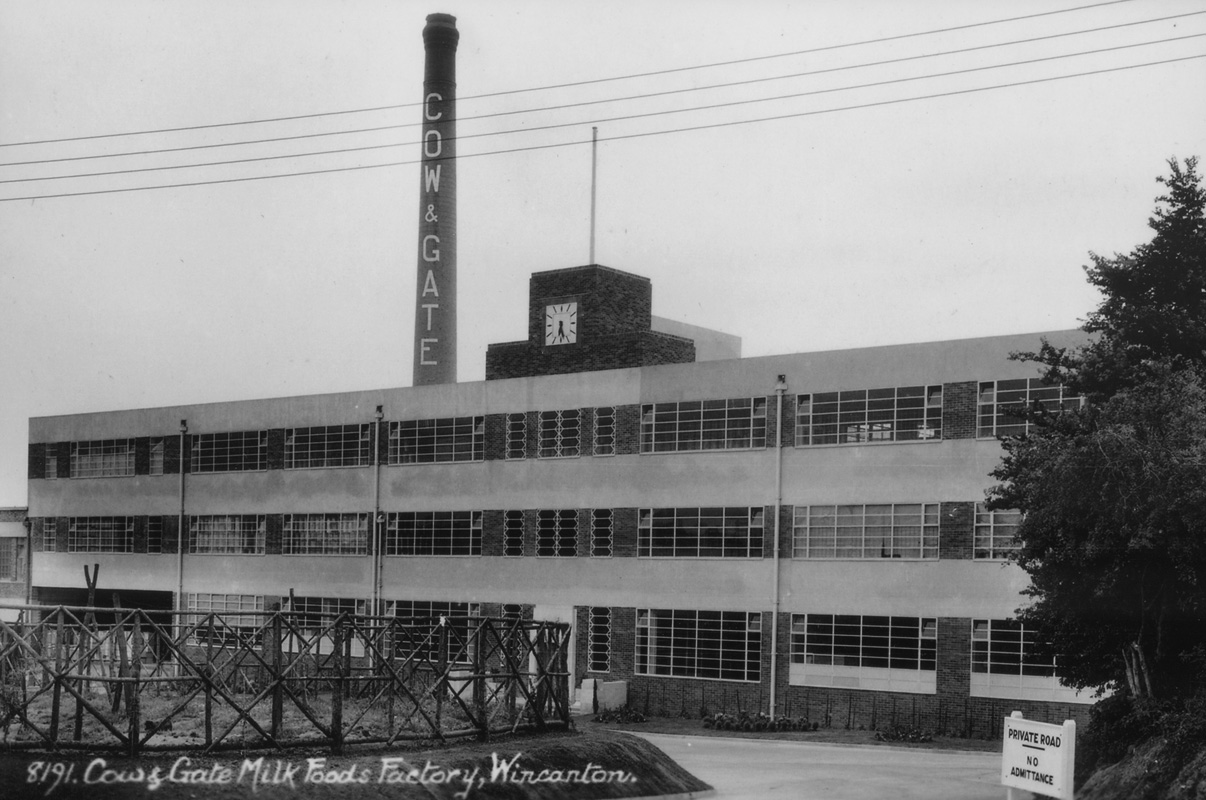
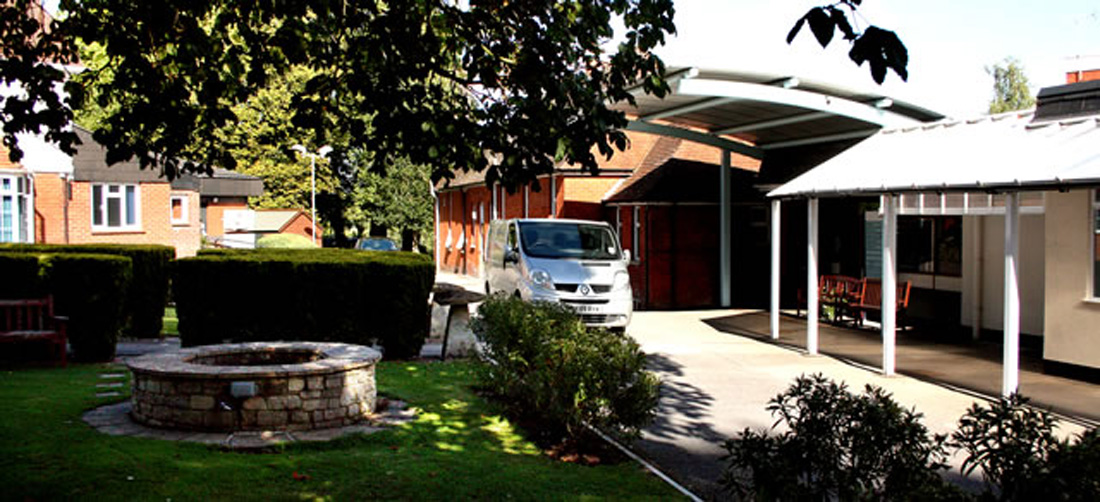
1910
Isolation hospital for scarlet fever patients. This became Verrington Hospital, now known as Wincanton Community Hospital.
1927
Wincanton Racecourse opens at Kingwell Farm site.
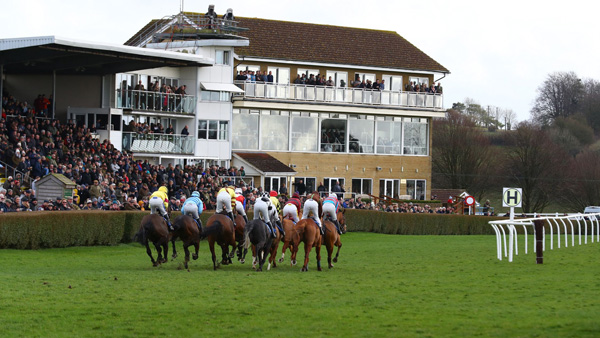
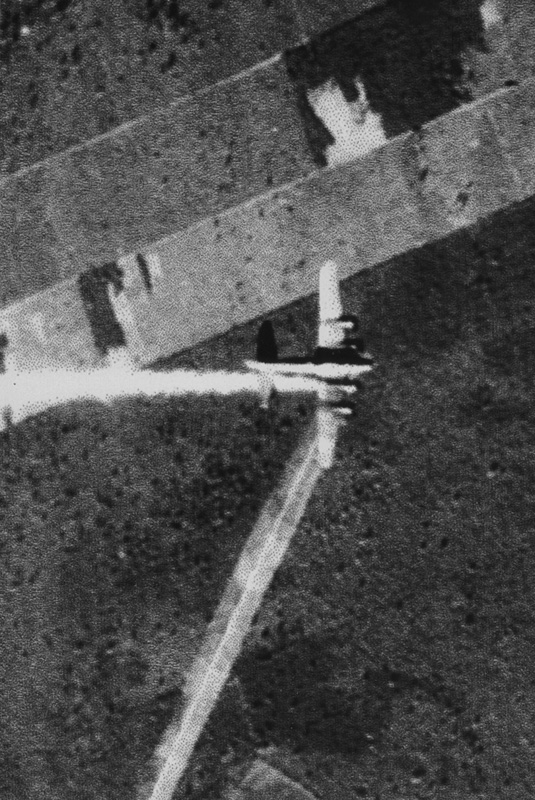
1944
American bomber (known as Old Faithful), returning from a raid, crashes near the town.
1977
Wincanton Bypass (A303) opens.

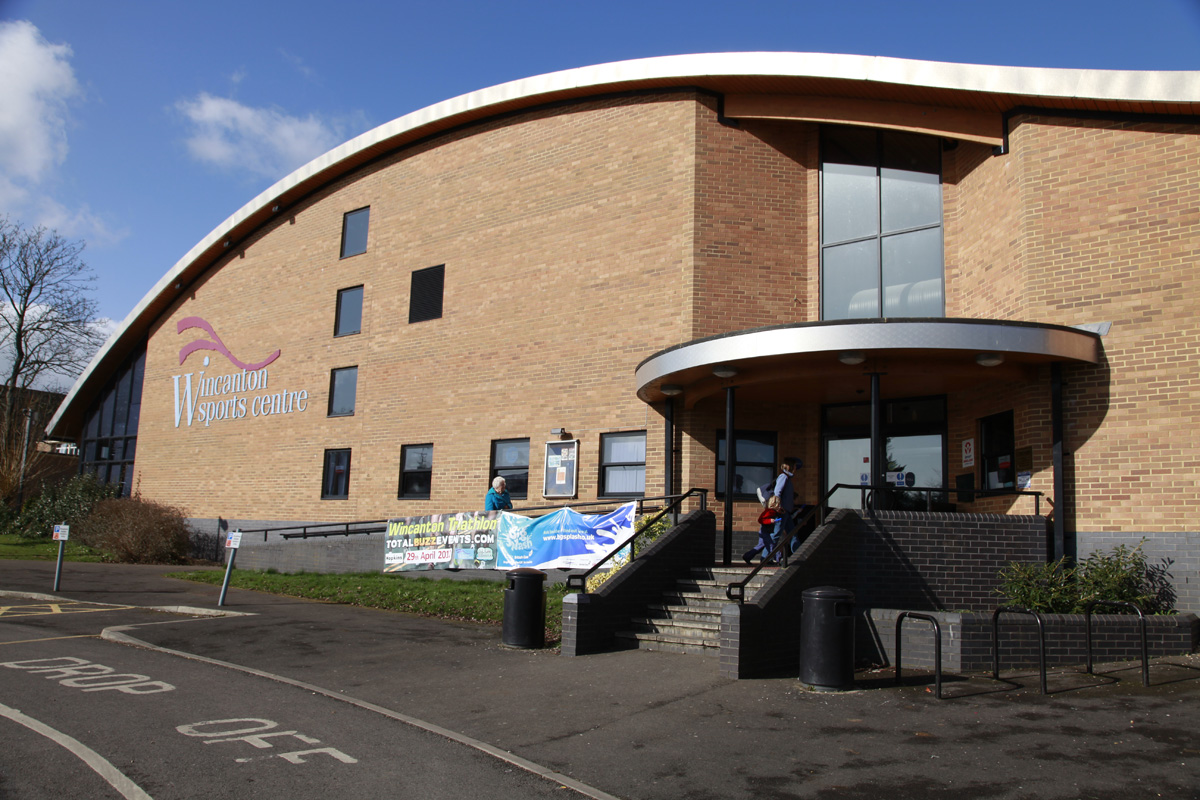
2001
Tennis star Pat Cash opens new sports centre at King Arthur’s School.
2002
Wincanton twinned with Ankh Morpork, Terry Pratchett’s fictional location.
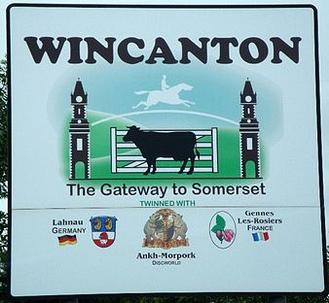

2012
Travelodge opens at Lawrence Hill business park (a coaching inn, 21st century style).
2013
Former MP Robert Boscawen dies, aged 80; MP for Somerton and Frome (including Wincanton), from 1983-1992; he was the last member of the House of Commons to hold a Military Cross for action during the Second World War.
Robert Boscawn on the left in his Sherman Firefly at Namur during the Battle of the Bulge. Image by U.S. ARMY CENTER OF MILITARY HISTORY – http://www.history.army.mil/books/wwii/7-8/7-8_22.htm, Public Domain, https://commons.wikimedia.org/w/index.php?curid=8496602
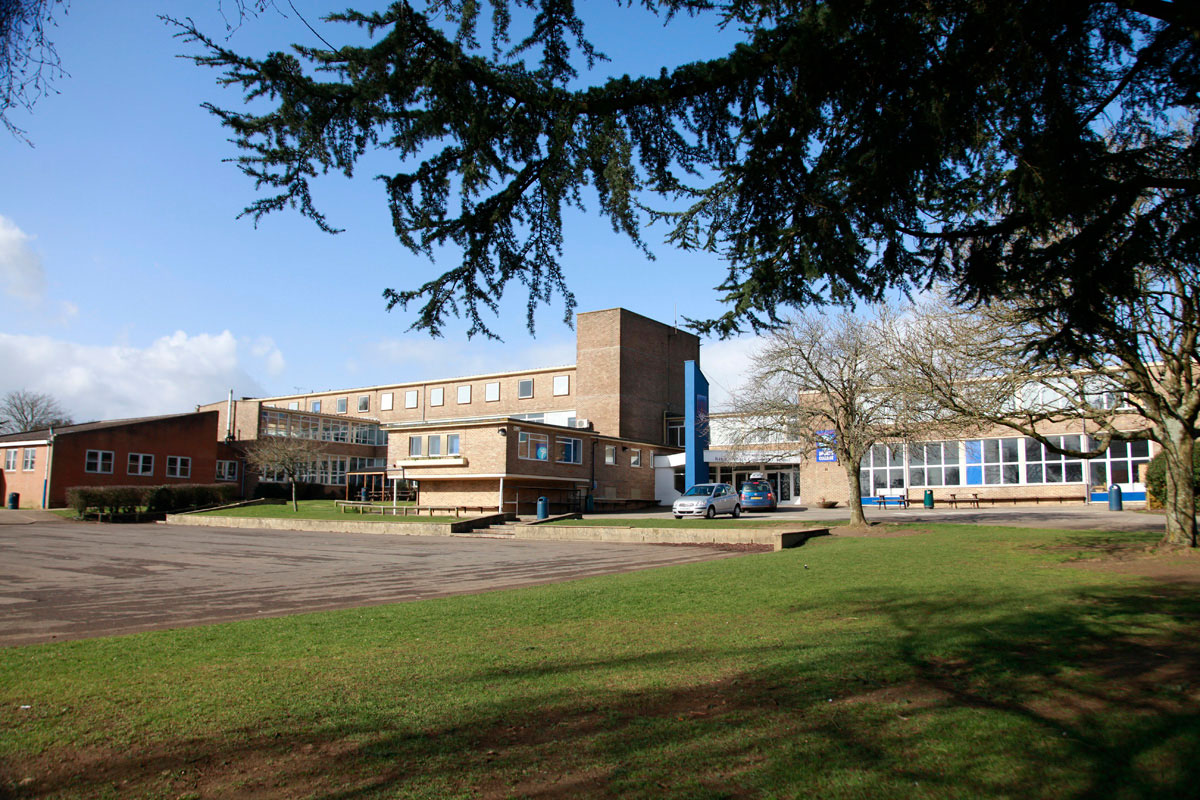
2019
King Arthur’s School becomes an Academy, part of Sherborne Area Schools Trust.


